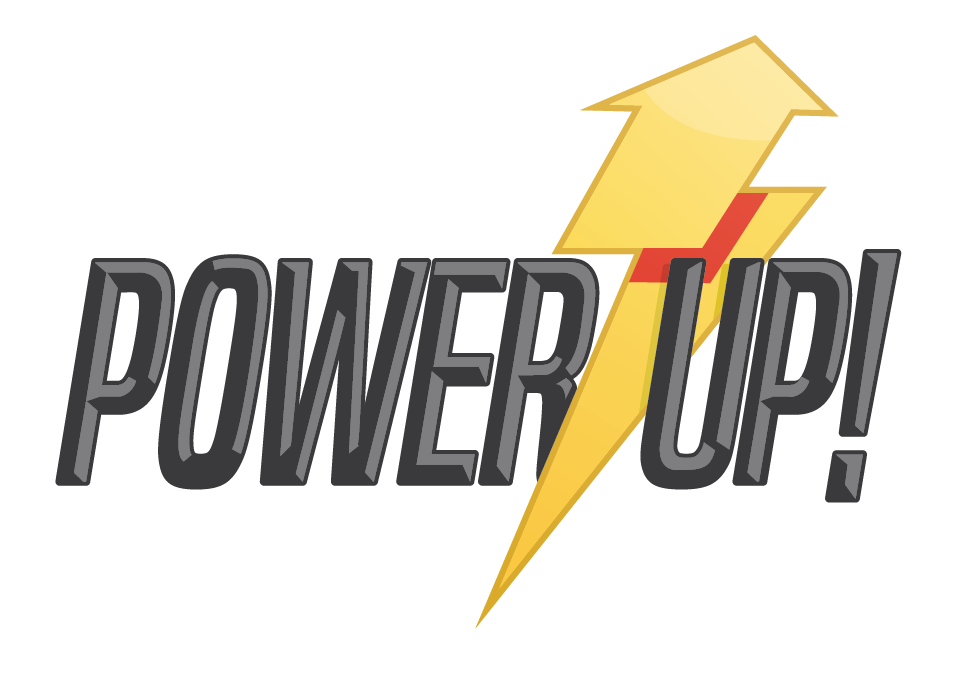Let’s get one thing out of the way: vertical mice are weird. But they’re weird in a good way—especially if your wrists hate you after a long day of editing, designing, or doom-scrolling through Slack. And now Razer, a brand best known for RGB-soaked gaming gear, is entering the vertical space with the all new Pro Click V2 Vertical Edition. It’s bold. It’s ergonomic. It’s $199.95 AUD. And it’s surprisingly good.
This isn’t just Razer slapping a new shape onto an old mouse. The Pro Click V2 Vertical is a top-to-bottom rethink of what an ergonomic mouse should feel like. And while it goes up against established players like Logitech’s MX Vertical, Razer’s approach is louder, heavier, and arguably more powerful. But is it the right ergo mouse for us gamer folks?
Design & Comfort: Peak Handshake Energy

The design is unmistakably Razer, but thankfully toned down. It ditches the loud gamer aesthetic in favour of a matte black finish, subtle branding, and an 18-zone RGB underglow that feels more ambient than aggressive. It looks hella strange at first glance as its entire ethos seems at odds with what you expect from a Razer mouse.
And if that didn’t get you, the feel in hand will certainly throw you off for a bit. The mouse stands tall and has a 71.7-degree tilt that is a lot more aggressive than the MX Vertical’s 57-degrees. That steeper angle keeps your wrist in a more neutral “handshake” position, which is great for ergonomics and relieves wrist strain. But by does it take time to adjust to. You’re entire muscle memory needs to be retrained from how you click, scroll and move the mouse around but once you get it, it sticks.
A core difference is that since your hand is in a more natural handshake position, everything feels almost spun on its head and I had a lot of wrong clicks. Depending on the size of your hand, your grip will also change though I found the optimum to be a fingertip/ palm grip. I also actually strained my wrist for the first few days because I kept trying to flick the mouse around like normal mouse but vertical orientation and sheer weight is too much for that sort of movement.


You have to move your whole forearm, robot like, to move the mouse rather than just your wrist. And at 150 grams, it’s a chonky mouse to move around. That extra weight works for stability but might be a turn-off for those who prefer something lighter and quicker to move.
Build quality on the Razer is exceptional as usual. Premium plastics, pro mechanical switches rated for 60 million clicks, and smooth PTFE feet all make for a top-tier tactile experience. However, there’s one ergonomic misstep: the bottom lip of the mouse, while designed for support, ends up making the Pro Click uncomfortable on the pinky during extended sessions. This is one area where Logitech’s shape and smoother slope do a better job of supporting the full hand.
Performance & Features: The Power User’s Pick
The Pro Click V2 Vertical packs serious tech. It features Razer’s flagship Focus Pro 30K Optical Sensor with a 1,000Hz polling rate. That’s a noticeable leap over the MX Vertical’s 4,000 DPI sensor, especially for creatives or gamers who want ultra-fine control. Is 30,000 DPI overkill for most people? Absolutely. But if you like your input devices spec’d to the moon, this one delivers. It most certainly helps with precision which is important since you can’t fling this mouse across the pad like the Viper V3 Pro.
It includes six programmable buttons, including two thumb buttons and a top-mounted “AI Prompt Master” for instant access to AI tools like ChatGPT. In practice, I barely used it—it feels like a niche extra that, depending on your workflow, could be useful or just a gimmick. Given the ample real estate on the thumb rest, Razer could have included more customisable buttons to better cater to power users. I’d have been happy if the top and bottom thumb buttons were split in half for a total of four buttons I could use for video editing and design tasks.

That said, one feature noticeably missing is Razer’s HyperScroll tilt wheel—the free-spinning scroll wheel found on the standard Pro Click V2. With the Pro Click’s vertical orientation and standard scroll wheel, scrolling through long documents or timelines feels more tedious than it should. It actually causes me more muscle strain than holding the mouse and I do wish Razer had gone with the better scroll wheel design.
Razer Synapse remains one of the most powerful (and bloated) software platforms out there even though the company has tried to streamline it and make it faster. You can remap buttons, assign Hypershift layers, create app-specific profiles, and sync the 18-zone Chroma RGB with your other Razer gear. Its simple enough to understand and laid out well. Its just a shame that configurations don’t save to the mouse memory so if you don’t have Synapse running, forget about all those custom app and AI settings.
Gaming: You Can, But Should You?

Despite its gaming DNA, this mouse isn’t built for high-speed FPS gameplay. The sensor is fast and buttons are responsive, but the vertical orientation and 150g weight limit agility. Compared to a standard gaming mouse, you lose quick wrist movements and fine-tuned flicks. That makes games like Marvel Rivals or Call of Duty:Black Ops 6 frustrating.
In Doom: The Dark Ages, for example, the speed and chaos demand quick flicks and responsive strafing, which feel sluggish on the Pro Click. Cyberpunk 2077 is a little more forgiving if you’re exploring Night City or engaging in slower-paced shootouts, but still, those sudden combat moments don’t feel as fluid. On the flip side, Clair Obscure: Expedition 33 and Assassin’s Creed Shadows are much more enjoyable.
The ergonomic grip makes grinding through dungeons or exploring open world of Diablo IV comfortable over long sessions, and you’re not penalized by the slower reaction time. For turn-based strategy or slower-paced RPGs? Totally fine. For your K.D? Terrible.
Battery & Connectivity: Flexibility Wins
Battery life is a huge strength for Razers new mouse. With RGB off and running on Bluetooth, it can last up to six months on a charge which is kinda ridiculous really. Realistically, with lighting on and HyperSpeed wireless, expect about a two weeks—still solid. And you can always hook it up via USB Type-C cable on the front(looking at you Apple Magic mouse) and keep working with no fuss.

As mentioned, the Pro Click V2 VE supports both Bluetooth and Razer HyperSpeed wireless over a tiny USB dongle and there’s a hidden dongle garage on the bottom of the mouse. You can pair the mouse with up to three Bluetooth devices and one HyperSpeed. Switching between them requires lifting the mouse pressing the button. What I find odd is the lighting indicators. Blue, Green and Yellow for the different Bluetooth devices and White for Hyperspeed. I don’t know why but my mind associates Green with Razer so it would always get me mistakenly thinking I was connected to my PC.
Verdict: Not for Everyone, But Almost
The Razer Pro Click V2 Vertical Edition is a bold, feature-packed alternative to Logitech’s MX Vertical. At $199.95 AUD, it’s positioned above the MX Vertical, which typically sits closer to $170–180 AUD. That premium gets you a higher-end sensor, two more months of battery life and RGB lighting to match your other Razer gear. But also, a steeper learning curve and more physical heft that won’t serve you in faster paced games.
It feels like a power tool compared to Logitech’s simpler, friendlier design. If you’re a creative professional or someone who wants more control and doesn’t mind the adjustment period, Razer’s mouse delivers. But if you’re after something more intuitive, lighter, and easier to live with day-to-day, maybe look at the more regular Pro Click V2.
That said, for a first attempt at a vertical mouse, Razer has absolutely nailed the essentials—it’s ambitious, capable, and surprisingly refined. There’s room for improvement, especially with scroll functionality, more inputs for customisation and that pinky rest but this is a very strong start. I can’t wait to see V3.
Razer Australia kindly provided the Pro Click V2 Vertical Edition to PowerUp for the purpose of this review








